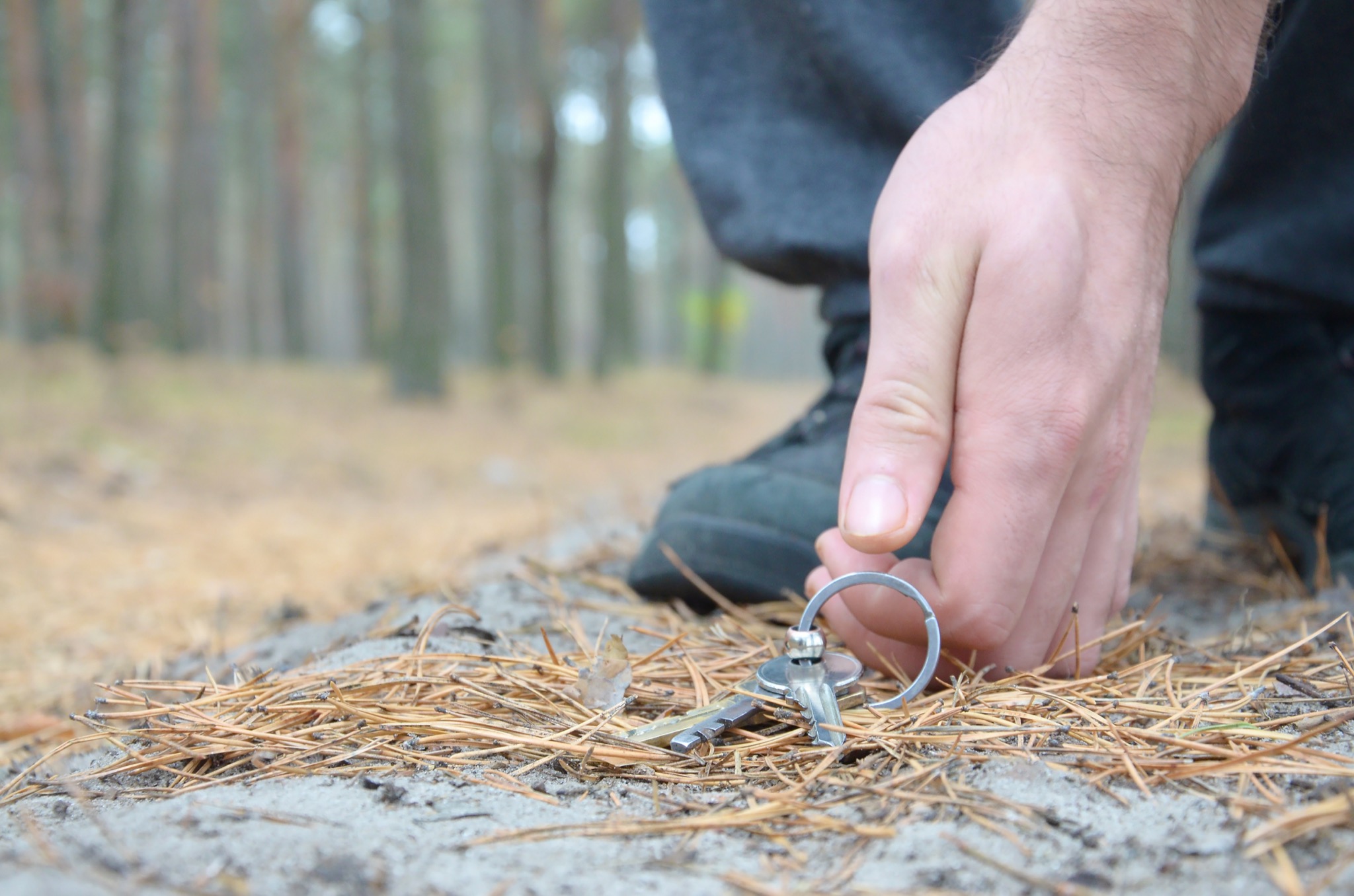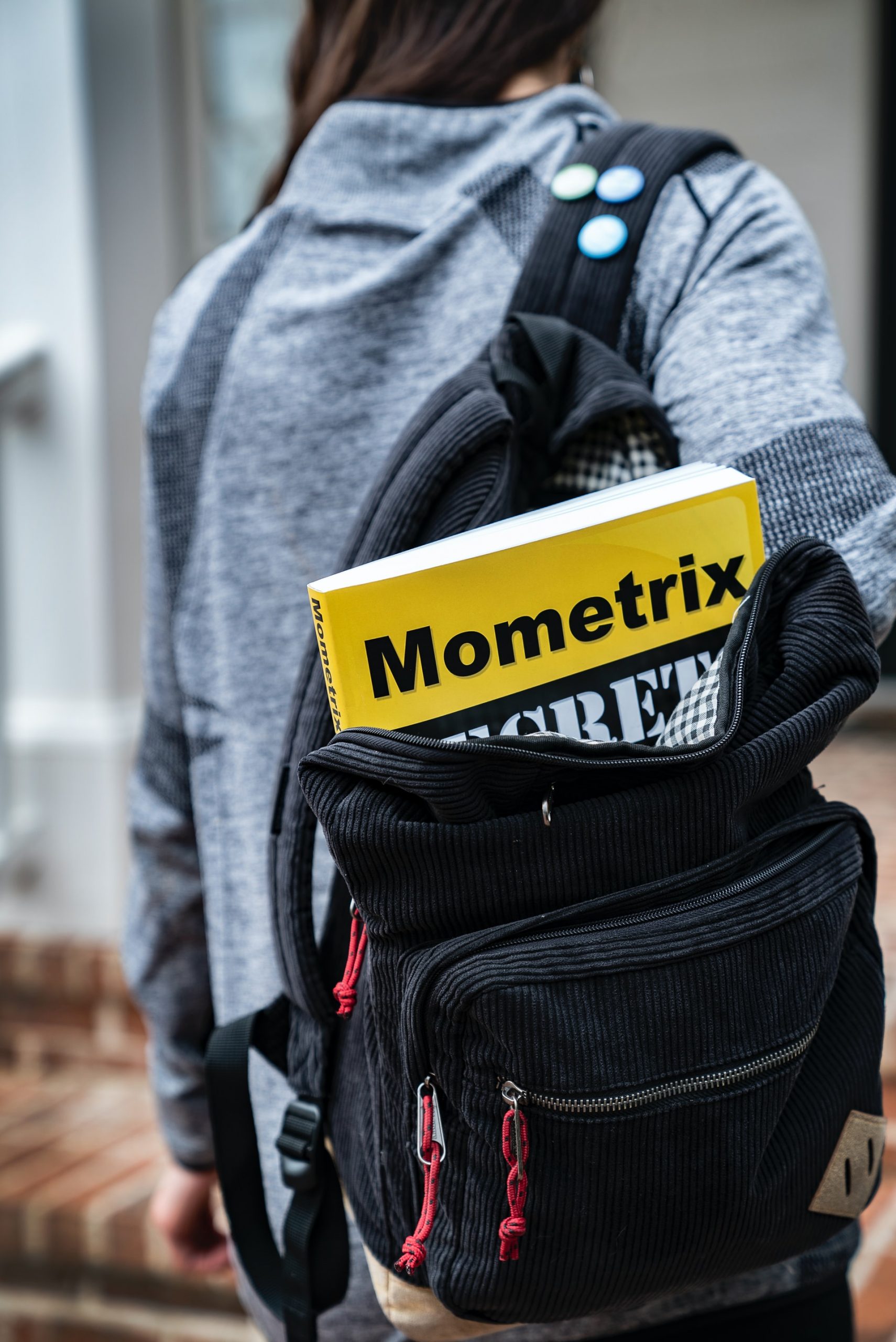Why Herq app is a must-have
In the fast-paced digital age where multitasking is a norm, it’s easy to misplace or lose track of our personal belongings. This is where Herq – a lost and found app comes into play as an indispensable tool for everyone. With its cutting-edge technology, this application serves as your virtual assistant in locating misplaced items with just a few taps on your device. Not only does Herq provide real-time location updates for lost objects, but it also offers an interactive map feature to guide you directly to your missing item’s location. Users have praised the accuracy and efficiency of Herq’s tracking system which employs advanced algorithms and geo-tagging features that drastically improve the odds of recovering lost items. Moreover, safety measures are at the heart of Herq’s design. The app ensures that all information related to lost items remains private unless shared by users themselves – granting peace of mind when dealing with more sensitive losses such as wallets or keys containing personal identification. Its user-friendly interface makes it accessible for people of all ages and technological proficiency levels, making it a must-have on everyone’s smartphone. Additionally, Herq provides a platform for communities to come together in assisting each other during these stressful situations. It encourages ethical behavior among its users by fostering a culture of empathy and communal support through its features like public posts about found items and rewards for successful recoveries. Furthermore, Herq doesn’t limit itself to physical objects alone; it extends its services to include lost pets as well- truly catering to all possible needs of its users. In fact, many users claim that Herq has been instrumental in reuniting them with their beloved animal companions. So whether you often find yourself searching high and low for your perpetually misplaced phone charger or simply want some reassurance against potential loss scenarios–Herq stands out as an essential addition to your collection of mobile applications.
In light of the diverse functionality and robust security measures, it’s no surprise that Herq has garnered significant popularity among users worldwide. Even more impressively, the app continues to evolve with regular updates addressing user feedback, ensuring an ever-improving experience for its community. As a testament to its reliability and effectiveness, numerous success stories have emerged where Herq was instrumental in locating lost items – even those thought irretrievable. This adaptability and commitment to user satisfaction truly sets Herq apart from other lost-and-found applications. The app’s focus on community building resonates strongly with many users who appreciate the sense of camaraderie fostered by this shared purpose of helping each other locate lost items. It’s not just about recovering what you’ve misplaced; it’s also about contributing to a community built on empathy and mutual assistance. Moreover, businesses are also finding value in incorporating Herq into their operations. From corporate offices managing assets like laptops and documents to rental services keeping track of their inventory, organizations are discovering how much easier asset management becomes when using this innovative tool. In conclusion, whether you’re an individual constantly misplacing your personal belongings or a business seeking better asset management solutions, there is clear consensus: having the Herq app on your device is nothing short of essential in today’s fast-paced world. Its unique blend of cutting-edge technology, commitment to privacy protection, emphasis on community interaction, along with its wide range of application across various scenarios makes Herq an indispensable ally against loss – truly making it a must-have app for everyone.
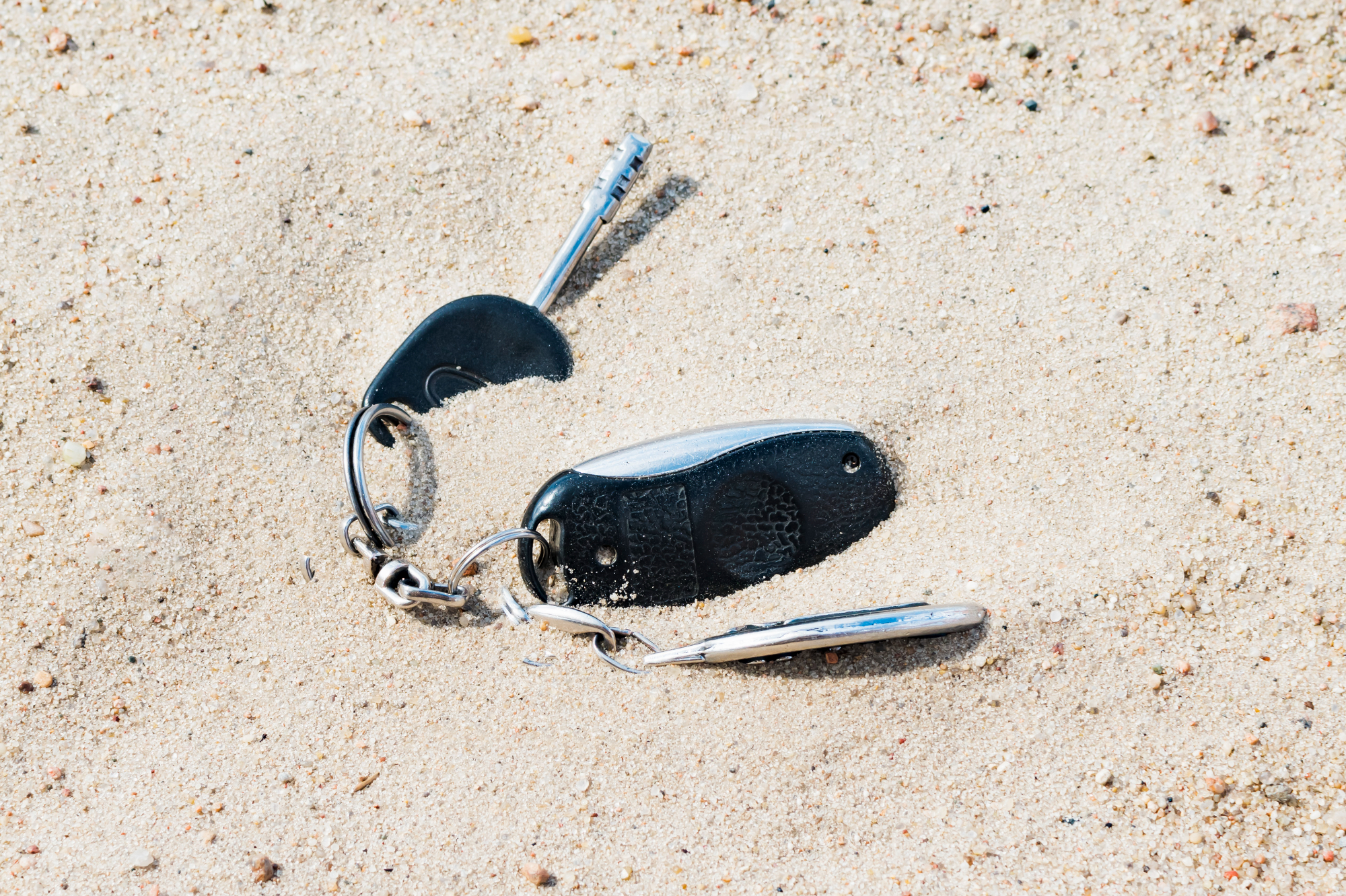
In light of the recent digital advancements, it’s worth noting that Herq isn’t merely a lost-and-found tool but a comprehensive asset tracking system. It utilizes advanced geolocation technology and data encryption to ensure accurate location information and secure user data – the very features that have won trust from communities globally. The app’s intuitive design further reduces the potential for any misplacement incidents by issuing timely alerts while allowing users to mark safe zones for their belongings. Furthermore, its integration capabilities are widely acknowledged, particularly in sectors where inventory management is crucial. For instance, logistics companies can effectively monitor their fleet, ensuring timely deliveries and minimizing chances of goods getting lost during transit. Similarly, educational institutions can use Herq to keep track of valuable resources like lab equipment or library books. Additionally, Herq is not just about functionality; it also strives to maintain an approachable environment with easy-to-understand tutorials and 24/7 customer support service ready to assist users at every step. Overall, Herq has successfully managed to bridge technological innovation with practical utility – creating a versatile platform that caters both individual needs as well as varied business requirements. Its expanding global presence reflects its effectiveness in addressing real-world challenges regarding asset security and recovery – making it more than just an app; rather an indispensable companion in our day-to-day lives.…
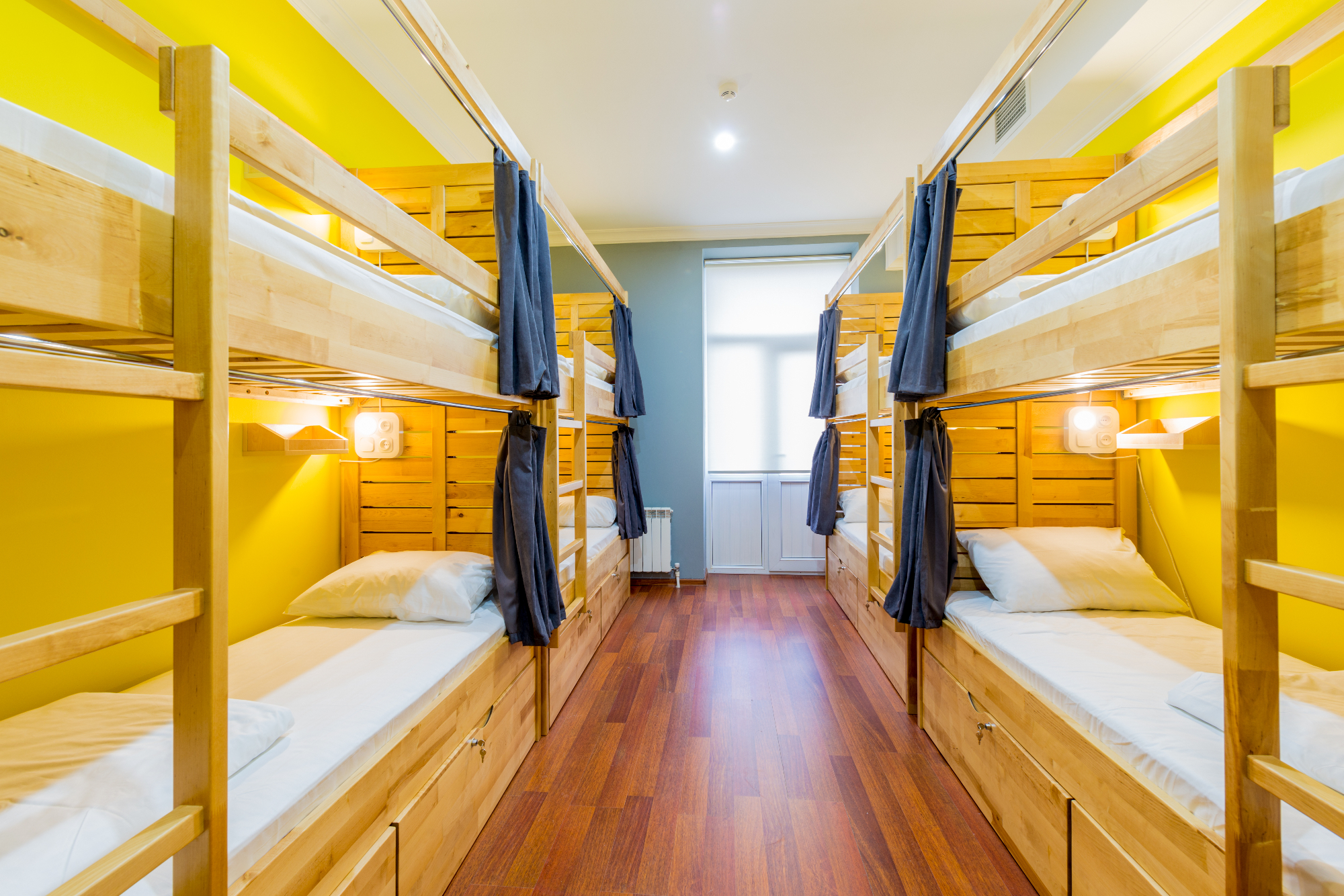
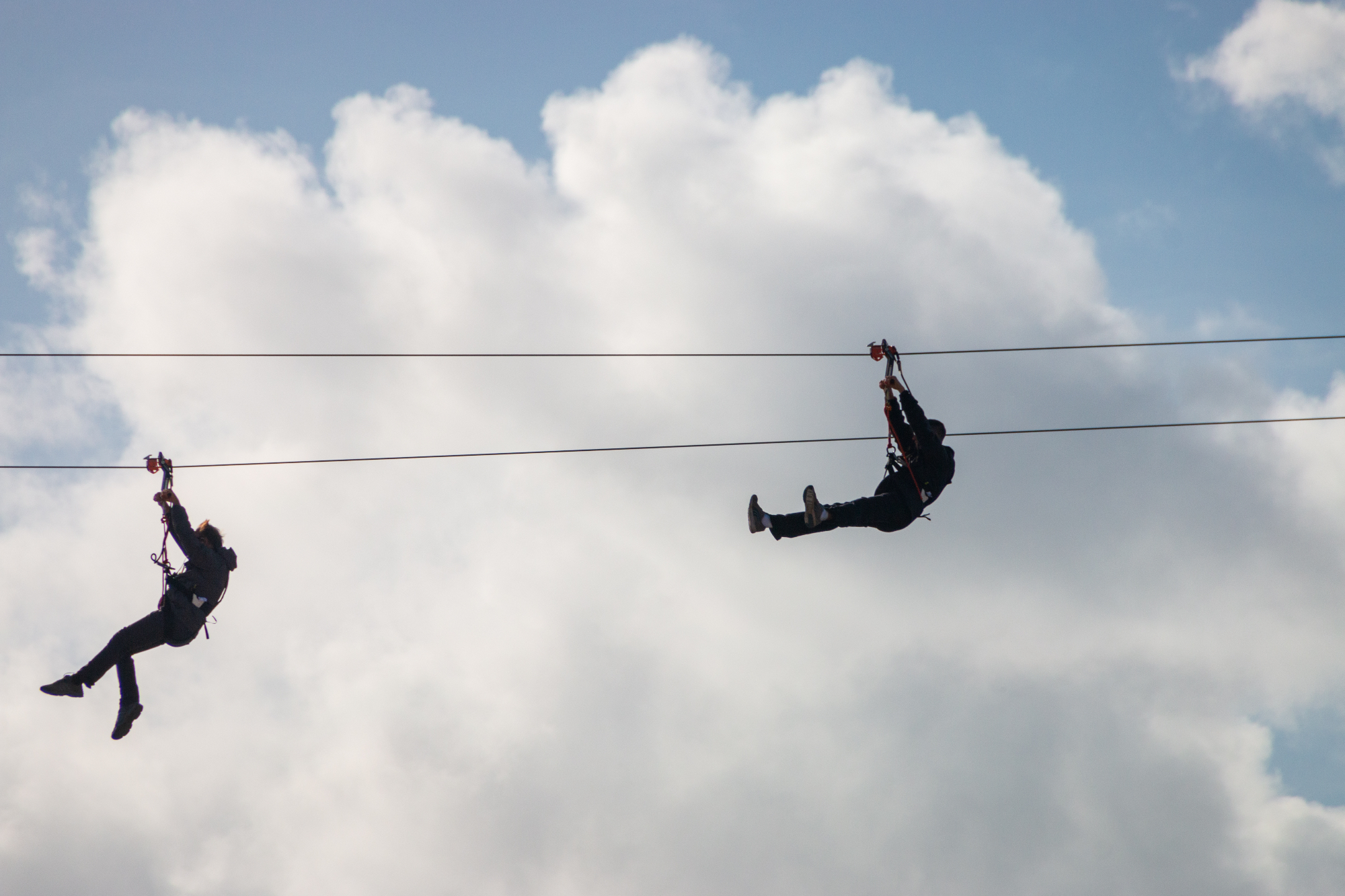
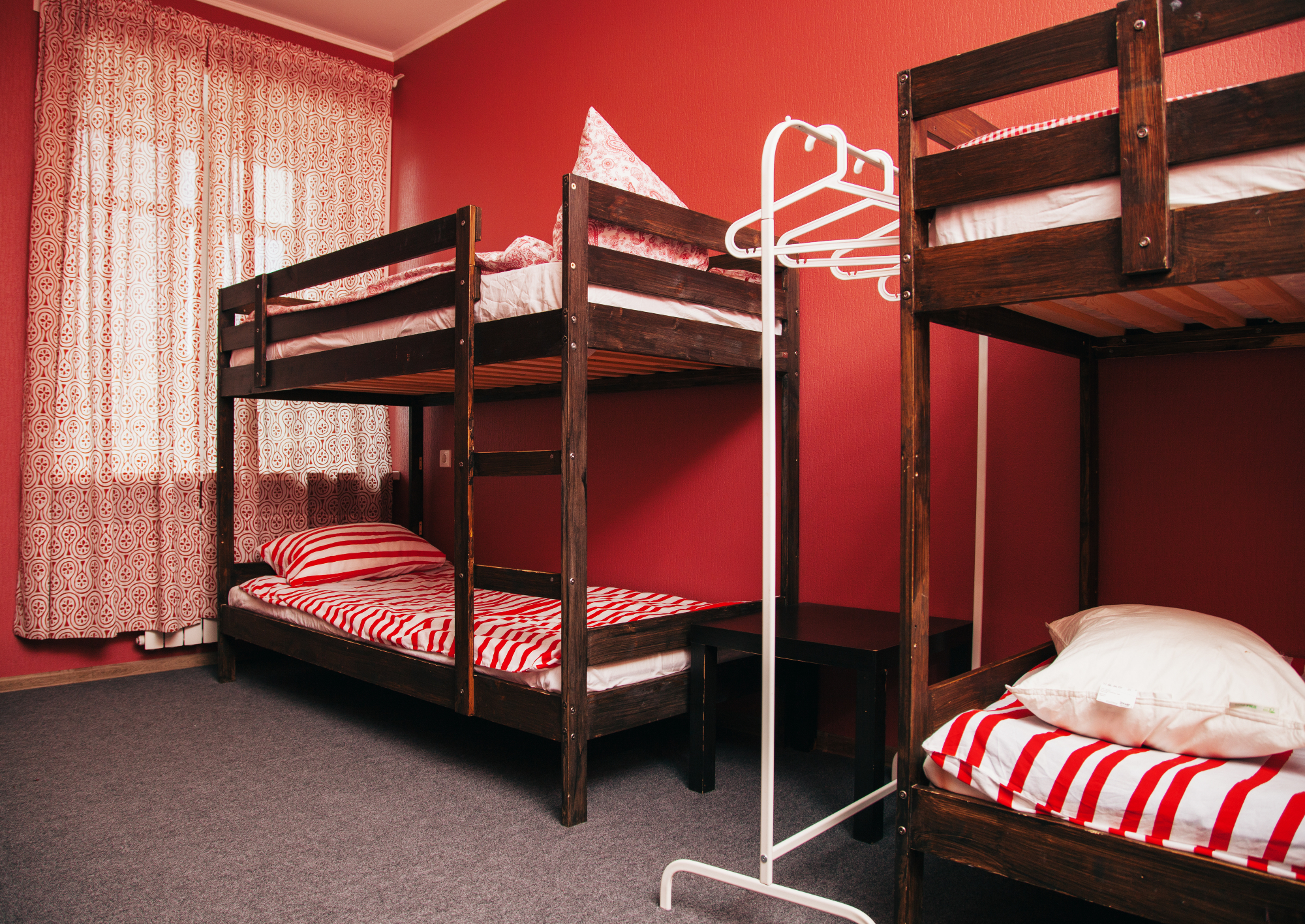 …
…
